1. Entire line defective because the defendant failed to comply with state of the art technology that would have allowed them to create a reasonable alternative design
1.1. Most common reason for recalls
2. Plaintiff must prove how the design would have been better or more reasonable
3. Tests
3.1. Consumer expectation (Minority)
3.1.1. Failure to perform safely may e viewed as a violation of the reasonable expectations of the consumer
3.2. Risk-Utility Test (Majority)
3.2.1. Risk of injury > Utility of Product
3.2.2. Factors
3.2.2.1. 1. The usefulness and desirability of the product (Utility to user and public as a whole)
3.2.2.2. 2. The safety aspects of the product: Likelyhood of injury and seriousness of probable injury
3.2.2.3. 3. The availability of a substitute product that meets the same need and not unsafe
3.2.2.3.1. With #4. essentially Reasonable Alternative Design Test
3.2.2.4. 4. Manufacturer's ability to eliminate the unsafe character of the product w/o impairing the usefulness or making it to expensive to maintain utility
3.2.2.4.1. With #3. essentially Reasonable Alternative Design Test
3.2.2.5. 5. The user's ability to avoid danger by the exercise of care in the use of the product
3.2.2.5.1. Reasonable User Standard
3.2.2.6. 6. The users anticipated awareness of the dangers inherent in the use of the product and their avoid ability b/c of general public knowledge of the obvious condition of the product or the existence of suitable warnings or instructions
3.2.2.6.1. Reasonable User Standard, not plaintiff
3.2.2.6.2. Consumer Expectation Test if Appropriate
3.2.2.6.3. May include open an obvious danger
3.2.2.7. 7. Feasibility of manufacturer to spread loss by setting the product price or carrying liability insurance
3.2.3. Reasonable Alternative Design Factors
3.2.3.1. 1. Cost
3.2.3.2. 2. Technological feasibility at time of manufacture
3.2.3.3. 3. Not reasonable if solves one problem but creates another
3.2.3.4. 4. Not better if defeats inherent purpose of the product
4. Custom
4.1. Although customs lag behind technology development, manufacturers have a duty to make products pursuant to the safer design, even if the custom of the industry isn't to use the alternative
5. Bad Food Cases
5.1. Two Approaches
5.1.1. Foreign-Natural
5.1.1.1. Foreign to food, strict liability
5.1.1.1.1. Glass, wire etc.
5.1.1.2. Natural to food, negligence
5.1.1.2.1. Bone, shell, etc.
5.1.2. Reasonably Expected
5.1.2.1. If object violates the reasonable expectation of the consumer
5.1.2.1.1. Strict liability
6. Crashworthiness Doctrine
6.1. Burden of Proof
6.1.1. Majority
6.1.1.1. Defendant bears burden because can was crashworthy that plaintiff was minimally hurt
6.1.2. Minority
6.1.2.1. Plaintiff bears burden showing but for crashworthiness would have suffered lesser injury
6.2. Manufacturer owes duty to make crashworthy because accidents are foreseeable.
6.2.1. Manufacturer at no duty to design a crash/accident proof car since it's intended purpose did not include participation in collisions reversed, as crashes are foreseeable
6.3. Plaintiff conduct influences Crashworthiness
6.3.1. Majority
6.3.1.1. plaintiff conduct measured by jury to determine crashworthiness
6.3.2. Minority
6.3.2.1. Plaintiff conduct causing accident irrelevant
